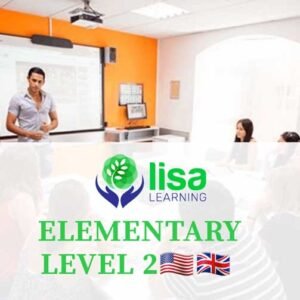What we really consider as challenging in teaching is reading. What is the reason for that? Within the class, teachers have to teach a variety of students depending on their language level, language background, etc. Each student is complex and they appear in the classroom with an individual accumulated source of knowledge, language acquisition, and practice.
The most important thing when teaching reading is that we should always take into account how we teach and not what we teach. As a result, we should all consider making a combination of strategies using the 5 elements of reading: phonemic awareness, phonics, fluency, vocabulary, and comprehension.
What are some strategies when teaching reading?
Before deciding on the methods and activities you, are going to involve in the reading part, think properly. The balance of employing the five elements is very important. This will be beneficial. As a result, you as a teacher can see the reading progress of your student. The student also knows how to acquire the reading skills satisfactorily. This way, you as a teacher, should design a guide to help you during a reading lesson when students reveal a reading treasure:
Involving pre-reading activities to instill curiosity .
This activity will help students start thinking and recalling their prior knowledge about the topic. This first step in teaching reading to ESL students is to “warm them up” by engaging them in the topic of the reading passage. So, they prepare themselves for reading. They may refer to their own language, their everyday experiences, etc. Here the students make predictions about the text based on the photo (using visuals), title, headlines, introductory paragraphs. The student is the center of the lesson, so it is him to be the center of it.
Reading to skim to ”hunt treasure”
Students read the text very quickly. They are skimming it to get a general idea of what it is about. Of course, they need to have a task to do. Unless provided with a task they will not succeed in this phase. So, what task? Students return to the pre-reading activity to compare their predictions, they may answer a general question about the text, etc.
Reading to scan to ”collect all the treasure ”

Students read the same text for the second time. They are scanning the text to find a specific piece of information. They don’t need to read the whole text again, they scan it to find a particular piece of information. This second reading depends on developing what is stated in the lesson objectives: grammar structures, vocabulary development, specific information /detailed information about the text, etc.
Follow up activities to ”enjoy treasure”
Considering the reading content, you may prefer to employ role-plays or discussions with the use of new vocabulary, language structures being studied, or what the topic suggests. It’s helpful to have a specific activity presented in your lesson plan, but you can also be flexible. If something comes up that the students seem particularly interested in, use this topic for the students to write about or to continue with a conversation. Here students practice their productive skills.
Reading strategies are an incredible tool for both native and nonnative speakers alike. In other words, a strategy will be exactly what your complex students need to better understand, break down, or simply read the words in front of them. The reason why every student can benefit from reading strategies is that teaching strategies translate into teaching life-long learning skills. While you may not be able to teach through reading your complex students every single grammar rule, you can teach them how to continue learning on their own. Strategies are the tools that can teach reading to complex students to learn anything they want to learn in the future.
An effective lesson plan when teaching reading to ESL students, or EFL students, needs to have a strategic structure.
We hope to have been helpful by bringing to attention these helpful tips. More expertise is found in the training courses Bridge TEFL offers for you and lots of concrete methods and activities in English Club Tv that Lisa Learning provides to come into teachers’ help.







